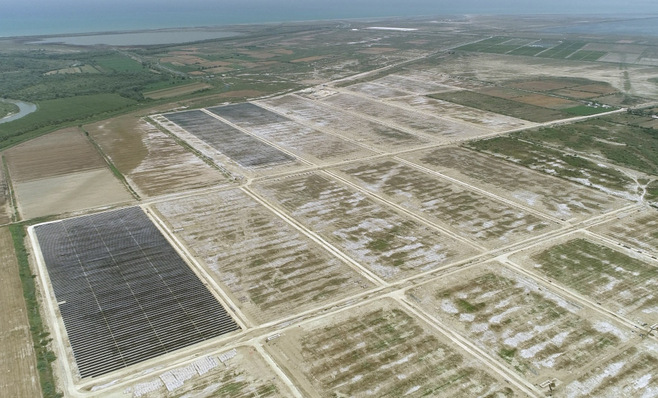“While the United States continued to be the largest individual market for single-axis trackers last year, shipments also increased in Mexico, Australia, Egypt, Spain, and other large utility-scale markets”, Camron Barati, senior analyst, IHS Markit, says.
Share of more than 25% of the global ground-mount installations
The Americas was the largest regional market, accounting for more than half of global PV tracker demand. However, the growth rate was strongest in the Middle East and North Africa. PV trackers accounted for over 25 percent of global ground-mount installations for the first time.
The top 10 suppliers continued to benefit from greater adoption of PV tracker technology, and all of them achieved higher year-over-year shipment volumes in 2018. NEXTracker continued to lead the market, for the fourth year in a row, accounting for 29 percent of global PV tracker shipments. As was the case last year, Array Technologies was the second largest supplier in the market, followed by PV Hardware, Arctech Solar, and Soltec.
Seven PV tracker suppliers with shipments of more than 1 GW
Seven PV tracker suppliers exceeded annual shipments of 1 GW in 2018. Longstanding members of this gigawatt-scale group – NEXTracker and Array Technologies – were joined by Soltec in 2017. Now PV Hardware, Arctech Solar, NClave, and Convert Italia have crossed the same threshold.
In 2018, many suppliers reaped the rewards of investing heavily in international expansion in prior years, to take advantage of high-growth, utility-scale solar markets in Mexico, Australia, Egypt, Spain and other countries. Because the PV tracker market can be very relationship focused, suppliers that made early in-roads with developers and EPCs in international markets benefitted from strong global growth.
Strong growth in Middle East and Africa
As a result, financiers and end-customers in emerging markets adopted tracking systems at a rapid rate – particularly in the Middle East and North Africa – leveraging the experience of more mature utility-scale markets.
„The coming year will continue to be an exciting time for PV tracker suppliers, as they continue to take advantage of tailwinds associated with the growing adoption of high-efficiency modules and bi-facial technologies that will ultimately lower the dollar-per-watt cost of PV tracking systems and improve the economic viability of the technology”, Barati says.
Further growth in 2019 expected
In recent years, ArcelorMittal (Exosun), Flex (NEXTracker), Trina Solar (NClave) and other large companies have entered the PV tracker market through acquisition, as the technology has matured and the installed base has increased rapidly. Global utility-scale solar installations are forecast to increase by nearly 30 percent, reaching 74 GW in 2019, which will lead even more suppliers to expand internationally and attract new entrants to the market. (HCN)
Stay informed, get our free newsletter twice a week. Register here






